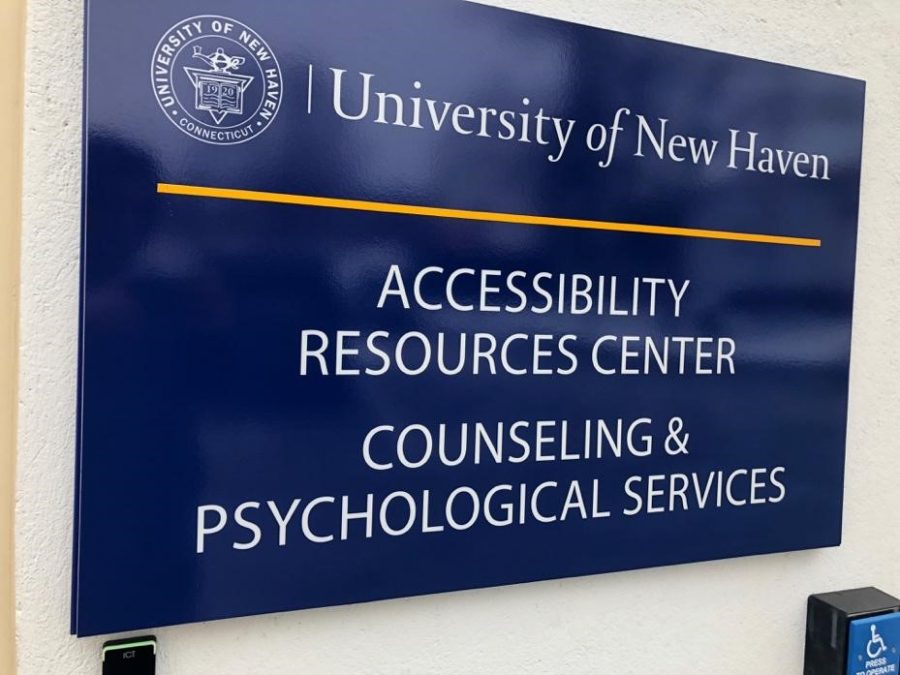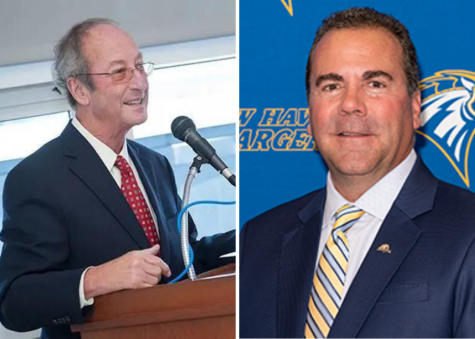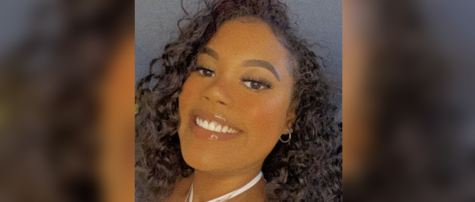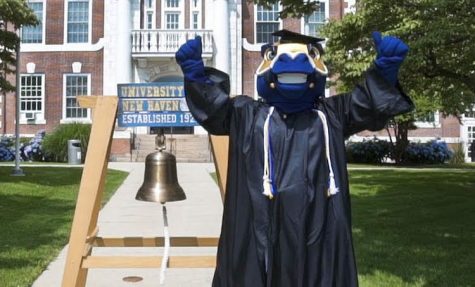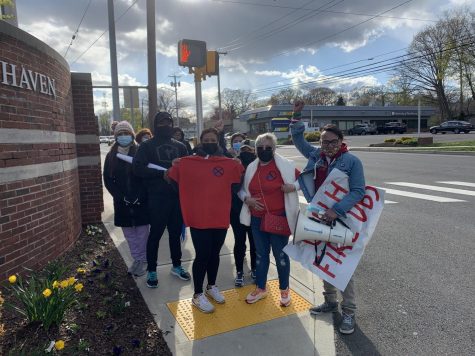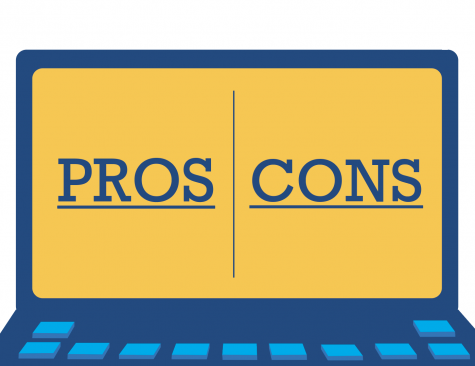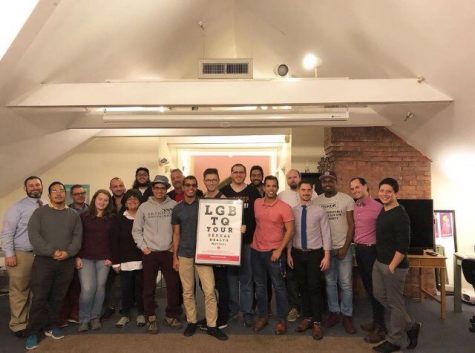Counseling Center Saw Increase in Wait Times Last Semester
Peter Agliata goes to counseling and psychological services weekly. Well, he tries to.
But to go there, Agliata, a senior at the University of New Haven, along with other students, has faced longer than normal wait times for appointments this semester; sometimes up to two weeks were needed to see his counselor.
Recently, he was relieved that his counselor had a cancellation for that day, saying he would have “gone crazy” if he couldn’t get an appointment.
“I called at 9 in the morning and asked if she had any cancellations and she did,” he said. “I got lucky.”
The counseling center saw more appointments this semester than ever before, according to Charles Anderson, director of Counseling and Psychological Services. Last fall, the center booked approximately 1,400 appointments. This fall, there were approximately 1,650 appointments by mid-December. In October, mid-semester, there was a 40 percent increase in appointments from past years.
There are four full-time staff counselors, including Anderson, and for the fall semester, one was on main campus three days a week and spent the other two days at the university’s Lyme Academy campus. The staff also includes a part-time psychiatrist, mainly for filling prescriptions.
“This is probably the first semester we’ve had trouble,” Anderson said, adding that the staff has felt the pressure of increased need.
Anderson also said that he has been exploring possible solutions to better meet the needs of students. He said that the center is one full-time staff member short of being able to get back to normal standards. One staff member roughly equates to 250 appointments a semester, which would make up for the difference between this and last fall. But there would be no place to put this additional counselor, as Anderson said that their space in Sheffield Hall has reached its maximum.
“The large picture is we have seen a significant increase, where it would imply another counselor added to the staff,” Anderson said.
The industry standard for college counseling centers is one full-time counselor per 1,000 to 1,500 students, according to the International Association of Counseling Services, Inc. This does not include trainees, interns, or graduate assistants. With the current staff lineup, there is one counselor per 1,490 students, just within the recommended range. Where schools fall in that range also depends on the availability of additional resources open to the campus community, and the demand of the students.
According to IACS, failure to adhere to this recommendation could cause danger to the campus community.
“As the ratio of mental health professionals to students increase, less time is available for staff to train faculty and staff, provide preventive outreaches to student groups, serve on university committees, and provide consultations for faculty, staff, and administrators who are trying to handle difficult student situations,” according to IACS.
Anderson has been pushing, he said, to alleviate the pressure on the counseling center and to get back to regular order.
“I don’t intend to let that happen,” Anderson said, referring to the possibility of continued deficiency.
Anderson mentioned other dangers of a lack of resources, including an overworked staff, student clients not seeing their treatment move along as quickly as possible, and issues starting to pile up.
Anderson, as the director, has had more appointments this semester than any of his staff, on top of his administrative duties.
“It makes for longer days for me,” he said. “My priority still comes down to serving the students in the most full way that I can, and if that cuts into my personal time, I think it is worth it.”
Other students have noticed the extra waiting time between appointments.
“I ended up not going after a while because there wasn’t an appointment available for a month,” said senior Julia Begeman.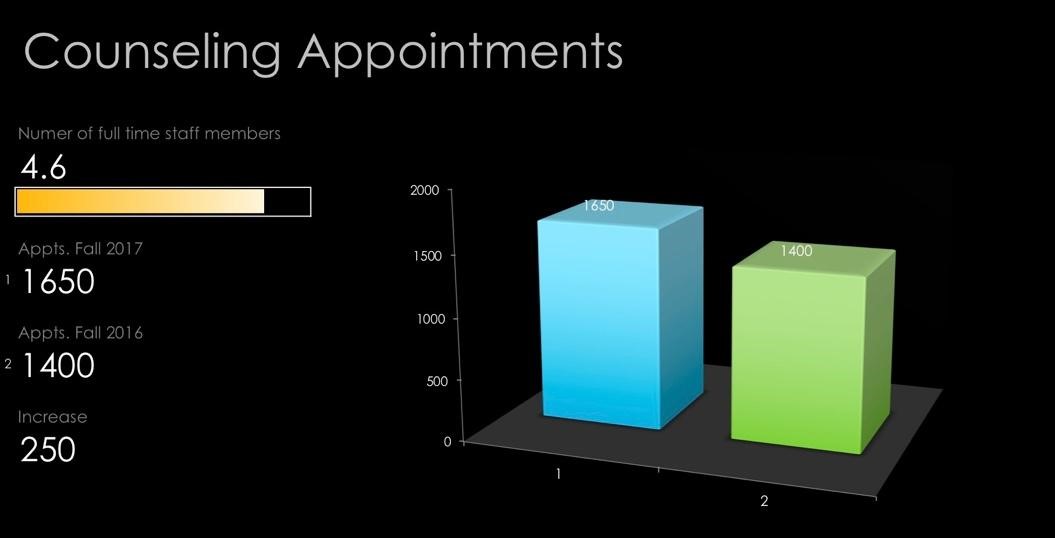
The center’s hours have been an issue for students who have work or classes during the day.
“Sometimes I feel like I might either have to cut my counseling time short or switch my work schedule around so that I can see my counselor,” said junior Khaaliq Crowder.
Anderson said that he was looking into a change in hours, and the Dean of Students Office recently announced that the center would be open until 6:00 p.m.
The issue of long wait times and lack of resources is not unique to the University of New Haven. At Oklahoma University, students waited weeks to months for appointments at their counseling center. The school has one mental health professional per 3,991 students, according to the OU Daily, well under the recommended amount. According to the same article, the director of the counseling center said that “three-to-four-week wait times do not surprise him.” At American University in Washington D.C., an entire page on the website is dedicated to “waiting for on campus counseling.”
In a report by STAT, wait times that were above normal showed negative effects on college students.
“Things start to back up like a traffic jam,” Gary Dunn, director of counseling and psychological services for the University of California, Santa Cruz told STAT. “A lot can happen in four or five weeks during a quarter in college.”
A study was done in 2016 by the Center for College Mental Health which discovered that in each year since 2010, more students have seen a counselor for mental health concerns. Cases of depression, academic distress, anxiety, and social anxiety, each saw consistent increases from 2010 to 2016.
Anderson recognizes the national trend and discussion about mental health, and said that a need for more resources is what goes along with the decrease in the stigma.

Glenn Rohrbacker is a junior at the University of New Haven studying communications with a concentration in journalism and minors in Political Science...



